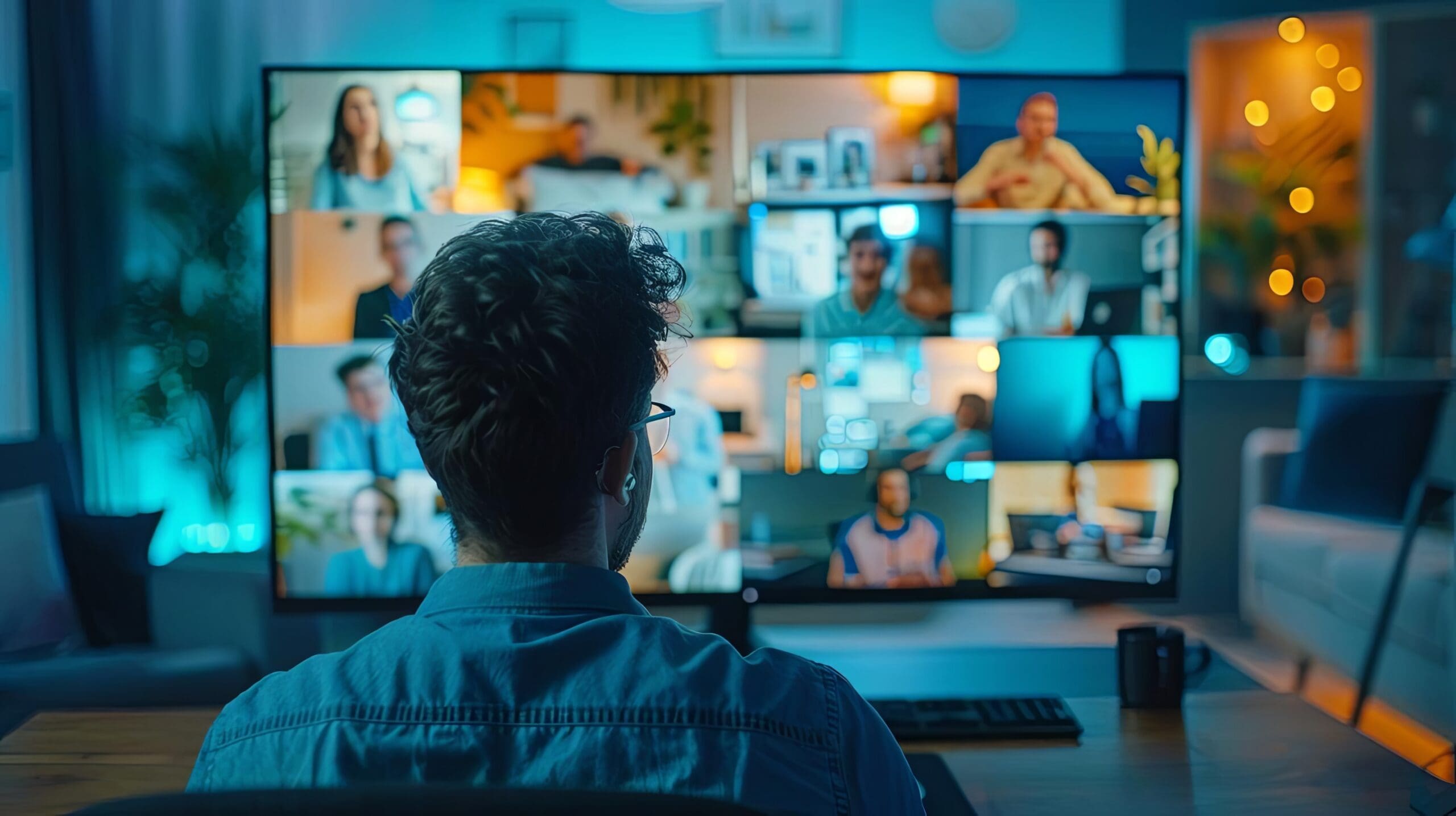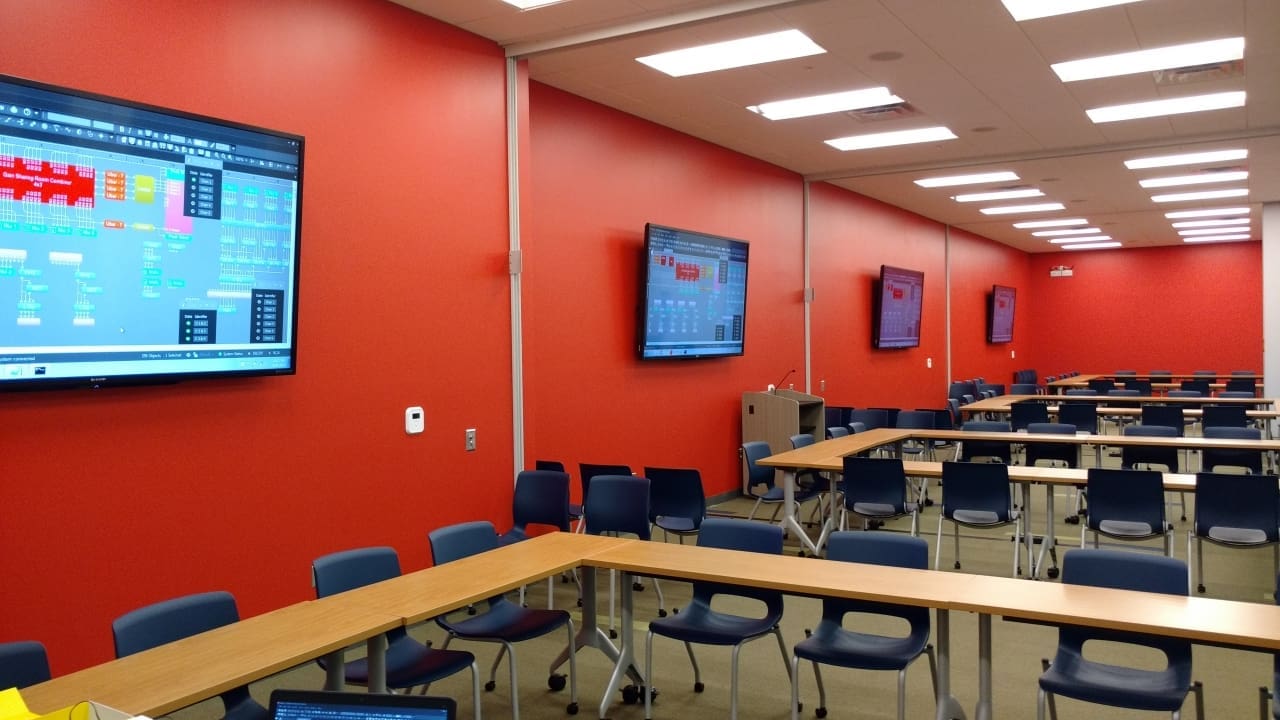
Effective virtual conferencing is essential when hybrid and remote work models have become the norm. Building an organization’s culture of collaboration hinges on having a video conferencing strategy that breaks down communication barriers and ensures that meetings, regardless of location, are seamless. A well-designed virtual communication system enhances productivity and improves employee engagement, making it indispensable to the success of any team.
A recent report by Vizrt underscores this, revealing that many employees would consider leaving their jobs if video communication efforts were poor. This fact alone demonstrates the importance of investing in quality virtual conferencing systems that make collaboration simple and accessible to all team members, whether in the office or working remotely.
The Impact of Quality Communication on Employee Engagement
Employee engagement is closely tied to the quality of communication within an organization. Poor communication strategies can lead to disengagement and, ultimately, turnover. The Vizrt report provides some startling statistics that highlight the importance of communication quality:
- 69% of employees say the quality of communications from their company directly impacts how engaged they feel in their role
- 49% of employees report that good video communication positively affects their motivation
- 67% of employees believe that video communications during town halls are more effective than other methods for understanding company updates and aligning with the company’s vision
These numbers emphasize that video conferencing is more than just a meeting tool for many employees—staying engaged, motivated, and aligned with their organization’s goals is critical. Remote workers, in particular, rely heavily on video conferencing to stay connected, feel part of the team, and remain productive.
Audio and Video Quality: The Non-Negotiables
Good audio and video quality are the cornerstones of any successful virtual meeting. Employees will likely feel frustrated when communication tools fail, reducing productivity and engagement. According to Vizrt’s report:
- 88% of respondents agree that high-quality audio is essential in employer communications.
- 85% say that video quality is crucial for these communications
This underscores the need for organizations to invest in top-tier AV equipment and systems that prioritize sound and visual clarity. Poor-quality video or audio can distract participants and disrupt the meeting flow, resulting in lost time and decreased engagement.

The same study found that 40% of employees would consider leaving their company if its video communication efforts were subpar. This statistic is a wake-up call for organizations putting off upgrading their AV systems. In a hybrid work environment, virtual meetings are the primary method of communication for many employees, and failing to provide high-quality tools for these meetings could result in talent loss.
Custom AV Solutions: Tailored to Your Needs
So, what does an effective virtual conferencing strategy look like? The key is to have a system that balances technical sophistication with ease of use. A practical solution should be customized to meet your team’s needs while offering flexibility for different scenarios. For example, a small huddle room will require different equipment than a large boardroom, but both need seamless, high-quality virtual meeting capabilities.
B&B Integrations offers custom AV solutions designed to meet the unique requirements of different spaces and teams. Whether your company needs a bring-your-own-device (BYOD) setup for virtual meeting connectivity or a large conference room equipped with wireless sharing capabilities, presenter tracking cameras, and touch panel-based meeting controls, B&B can help you create a system that works effortlessly.
For many organizations, hybrid work is here to stay, which means having the right tools to facilitate collaboration between in-office and remote workers. A well-designed AV system ensures that virtual meetings are just as effective as in-person meetings without the technical headaches that can often come with remote collaboration tools.
The Future of Video Conferencing
As the world of work continues to evolve, so will the demands on virtual conferencing systems. One emerging trend is the increased use of artificial intelligence (AI) in video communication tools. AI-powered cameras that track speakers or attendees, for example, are becoming more common and help ensure virtual meetings feel more dynamic and engaging.
Another trend is the move toward fully wireless conference rooms. These systems allow for an utterly cable-free experience, where users can connect their devices to the room’s AV system with a button. Not only does this reduce the clutter of wires, but it also makes meetings more accessible for everyone, regardless of their technical skills.
Conclusion
Virtual conferencing is no longer a “nice-to-have” feature; it is a fundamental part of how modern teams collaborate and communicate. A successful virtual conferencing strategy requires investment in high-quality audio and video equipment and systems tailored to meet your organization’s specific needs. As Vizrt’s report shows, the quality of your virtual communication efforts can significantly impact employee engagement, motivation, and even retention.
If you’re ready to take your virtual meetings to the next level, B&B Integrations can help. Our team of AV solutions engineers can create a custom setup that makes virtual meetings stress-free and productive. Contact us today for a free consultation and learn how we can help your team succeed.

Leave a Reply